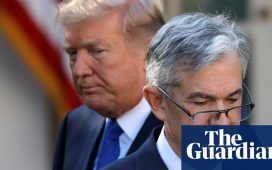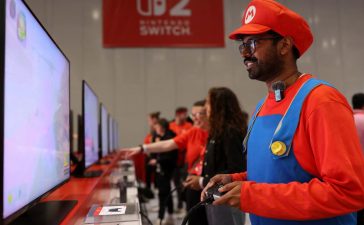
Investing.com– The Bank of Japan is set to conclude a , with analysts split over whether the central bank will hike interest rates, especially amid recent volatility in the yen.
But the BOJ is widely expected to flag an end to its quantitative easing programs, after it said in its June meeting that it will elaborate on its plans to taper down its asset purchases during the July meeting.
The BOJ had kept its benchmark short-term rate unchanged at 0.1% in June, after hiking the rate for the first time in 17 years in March.
Wednesday’s decision comes amid increased volatility in the , after the currency firmed sharply against the dollar over the past two weeks. Suspected intervention, an unwinding carry trade and expectations of U.S. interest rate cuts drove the yen to its strongest level in over two months.
The case for a BOJ hike
Analyst forecasts for a hike were either 10 basis points or 15 basis points.
Speculation over a BOJ hike rose following some signs of pick-up in Japanese inflation over the past month, on higher wages. This trend is mostly in line with the BOJ’s stance that inflation will sustainably reach its 2% annual target, giving the central bank more headroom to increase rates.
“At a minimum, upside risks to inflation have intensified. If the BoJ does raise its inflation track or say that upside inflation risks are intensifying, then this should be a rationale to tighten policy according to Ueda’s rhetoric. Thus, we expect the BoJ to raise rates by 15bp, taking the policy range to 15bp-25bp,” ANZ analysts wrote in a note.
Japanese wages were seen increasing this year after several major labor unions negotiated bumper wage increases for the year. This is also expected to underpin consumption and inflation in the coming months.
The case for a BOJ hold
But even with inflation showing some signs of pick-up, concerns over a broader slowdown in the Japanese economy could keep the BOJ from raising rates.
The central bank has repeatedly warned that monetary conditions will remain relatively loose to foster economic growth- a notion that could keep the bank from raising rates soon.
Media reports also suggested that Governor Kazuo Ueda was reluctant to hike rates due to concerns over sluggish consumption. Recent data showed the Japanese economy shrank much more than expected in the first quarter, weighed especially by weak consumption.
“The BOJ is convinced that the virtuous cycle between wages and consumption is strengthening. However, real wage growth has remained in negative territory, which could lead the BOJ to keep policy rates on hold,” ING analysts said, although they still expect the central bank to narrowly settle on a 15 bps hike.
Nikkei to fall, yen likely to firm
Any signs of tightening monetary policy are likely to batter Japanese stocks and favor the yen.
An end to the BOJ’s asset purchase programs already heralds lesser support for local equities, while a stronger yen presents earnings pressure on export-oriented stocks, which make up a bulk of Japanese stock valuations.
The had tumbled over the past week, hit in part by a technology rout and as investors positioned for potentially hawkish signals from the BOJ.
The yen on the other hand marked a strong rally over the past two weeks, and may see more strength if the BOJ signals hawkishness. BoFA analysts expect USDJPY to potentially drop to 145 yen on a hawkish BOJ.








